How To Harvest Swiss Chard Without Killing The Plant [Exact Steps!]
Do you know how to harvest Swiss Chard without killing the plant?
Are you worried you might kill your Swiss Chard by making the wrong cut?
These things can be tricky but fret not! I will guide you on how to harvest Swiss Chard without killing the plant.
Having your own garden and planting your own crops can be very therapeutic and fulfilling.
However, I think the best part is getting to enjoy the fruits of your labor:)
Whether you’ve just started gardening or are interested to learn about how and when to harvest Swiss Chard without killing the plant, I got your back! You will get the hang of it in no time.
After all, the Swiss Chard is one of the easiest crops to grow.
Harvesting swiss chard can be done in three simple steps :
Step 1: Identify the outer leaves of the swiss chard.
Step 2: Measure the size of the plant to determine if it is ready to be harvested.
Step 3: Cutting your swiss chard without killing the plant.

Affiliate Link Disclosure
Some of the links here are affiliate links, and I may earn if you click on them, AT NO EXTRA cost to you. I hope you find the information here useful! Thanks!
Related Posts
- How to Harvest Romaine Lettuce [2022 Update]
- How To Harvest Broccoli THE RIGHT Way!
- How To Harvest Rosemary [The RIGHT Way!]
- How To Harvest BASIL Seeds- The RIGHT Way!
- How To Harvest Cabbage- The RIGHT Way!
- How To Harvest Cilantro Without Killing The Plant?[The Best Way!]
How To Harvest Swiss Chard Without Killing The Plant
So you have planted your swiss chard and are now wondering “how do I harvest swiss chard?”. You will be pleasantly surprised that harvesting swiss chard is quite simple and it can be done in multiple ways.
However, I find that to make absolutely sure that you won’t end up killing the plant, you first need to understand the plant’s structure.
Follow these simple steps to learn how to harvest swiss chard without killing the plant.
Step 1: Identify The Outer Leaves Of The Swiss Chard
First, you would need to identify the outer leaves of the Swiss Chard.
The bud of the swiss chard can be found in the center of the plant. It will be surrounded by smaller leaves all around. Towards the outer parts of the plant, you may notice that the leaves separate more and almost blooms away from the bud. These are the outer leaves.
Step 2: Measure The Size Of The Plant To Determine If It Is Ready To Be Harvested
Next, it is important that you ensure the leaves are grown enough before you start your harvest.
The sizes may vary depending on the age of the plant. If this is your first time harvesting your swiss chard after your initial sow, then you need to ensure that the leaves need to be about 8 to 12 inches long.
Older leaves may be bigger. The older they are, the less tender the leaves and stems will be. These leaves can still be harvested and edible.
Once you think that the plant is grown enough to be harvested by measuring its leaves and overall size, you may move on to actually harvesting the plant.
Step 3: Cutting Your Swiss Chard Without Killing The Plant
Finally, to complete your harvest, you need to cut the stems about 1 ½ to 2 inches off the ground.
You will need a pair of gardening scissors to make a clean cut. I have listed a few good gardening scissors in this article if you don’t already have one or looking to upgrade.
If you are a little more experienced, you can make a swift and confident snap with just your fingers. This can be a little bit risky if you are still a beginner as you may damage the terminal.
Be careful not to cut too close to the terminal bud or you may damage it as it may affect the growth of new leaves.
Make your cut at the outer leaves leaving the inner leaves intact until it has developed.
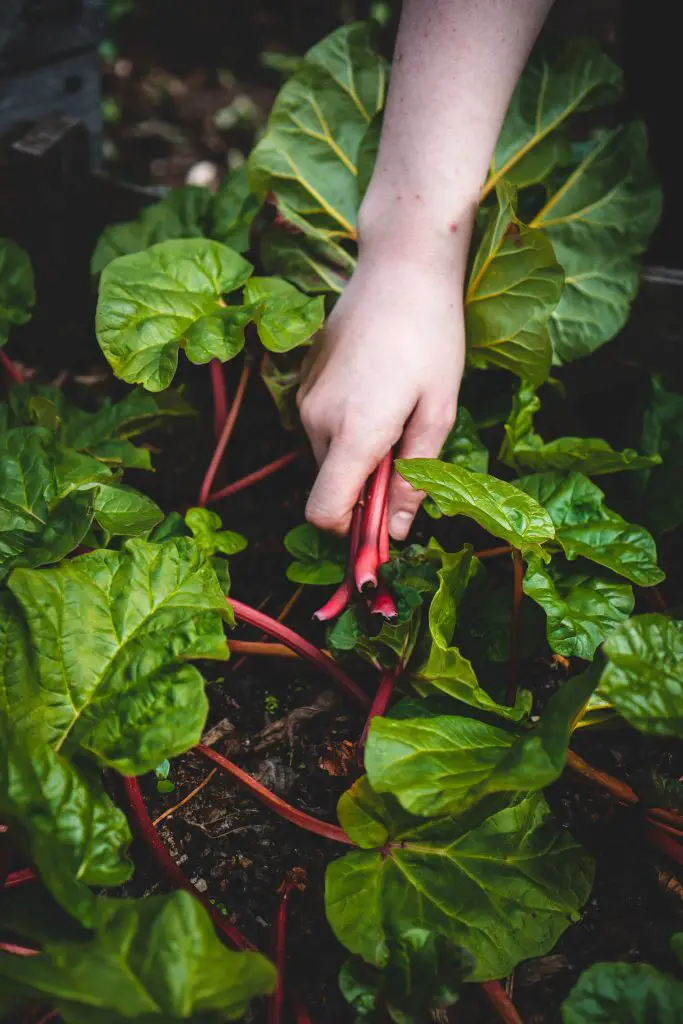
What Is Swiss Chard?
Swiss chard is a leafy green vegetable recognizable by its vibrant color. It is a widely popular vegetable in Europe, especially in the Mediterranean. Swiss chard is actually a beet that is often used to substitute spinach in recipes.
The Swiss chard can be eaten raw and cooked. Like spinach, it will seem to reduce in amount when it is cooked. This leafy green has a mild taste with a combination of sweetness and slight bitterness. Both the leaves and stalk can be consumed.
It can easily be found in farmers’ markets as it is typically enjoyed fresh. However, you may also find swiss chard frozen, canned, and dried as well in supermarkets.
The swiss chard is a cut and come again swiss chard crop, this means that it will continue to grow new leaves when it is harvested. Essentially, you can harvest your swiss chard over and over again.
When To Harvest Swiss Chard?
It is important to know when to harvest swiss chard from your garden. Harvesting your swiss chard before it is ready might compromise the health of the plant.
So you might wonder how long does swiss chard take to grow? The stalks and leaves of the swiss chard are ready to be harvested within 4-6 weeks from sowing.
Bear in mind, that the first round of harvesting is done to promote growth and allow the inner leaves to mature.
An easier indicator of how you can know when to harvest your swiss chard is when the plant reaches 9 inches in height.
Follow the steps on how to harvest swiss chard without killing the plant and you may continue to harvest your leafy swiss chard.
If you live in the northern, colder climates, you may be delighted to find that these plants can tolerate light frost. This means that you can still expect to harvest the inner leaves through November!
Tools You Will Need To Harvest Sweet Chard
You may find that you do not need to wait too long to harvest your swiss chard. Therefore, depending on the condition of your plant, you might need to harvest it more often and in larger quantities as they often are larger in size.
Having a set of harvesting tools on standby is a good idea so that you are always ready for harvesting time.
1. Garden Trimmer
A garden trimmer is a must-have tool in every gardening toolbox. You may discover that there is a variety of garden trimmers in the market to choose from.
A small to medium size trimmer is what I would recommend for harvesting swiss chard. The small tip is convenient because it will make it easier to maneuver in tight spaces and avoid nicking or damaging other stems.
Remember, you should always keep your garden trimmers clean by sanitizing them before and after you use them. This is important because an unclean tool can cause bacterial build-up and rust that is detrimental to the plants.
If you don’t already own one or want to replace your old garden trimmer, you can check out my favorites below.
Gerossi Premium Bypass Pruning Shears
Vivosun 6.5” Gardening Scissors
2. Gloves
A pair of gardening gloves is considered an essential item for any gardener. It keeps your hands clean as well as protects them from injuries. This is especially true when you are handling sharp tools or prickly plants.
You should also prioritize the fit of your gardening gloves. If it is too big and loose, you may not be able to handle the tools safely or with precision. And if it is too tight, it could be uncomfortable and affect your blood circulation.
Whether you’re harvesting from a garden bed or your potted plants, a well-fitted pair of garden gloves is essential for safety purposes.
If you are looking for some high-quality gardening gloves, I have included some of my favorite ones below:
Ladies Gardening Gloves by COOLJOB
2 Pair Garden Gloves Women and Men Set by Amazing Stuff For You!
Leather Gardening Gloves by Bamllum
Benefits Of Harvesting Swiss Chard
Swiss chard adds ample nutrients for a balanced diet. Chards are loaded with vitamins and minerals.
This includes vitamins A, C, and K. Vitamin A helps improve and maintain skin health, vitamin C helps boost our immune system, and vitamin K helps with blood clotting, bone health, and regulating blood calcium levels.
Another great thing about harvesting swiss chard is that they are a “cut and come out again” crop, which means that you can continue to harvest them over and over and they will keep regrowing new and in larger quantities.
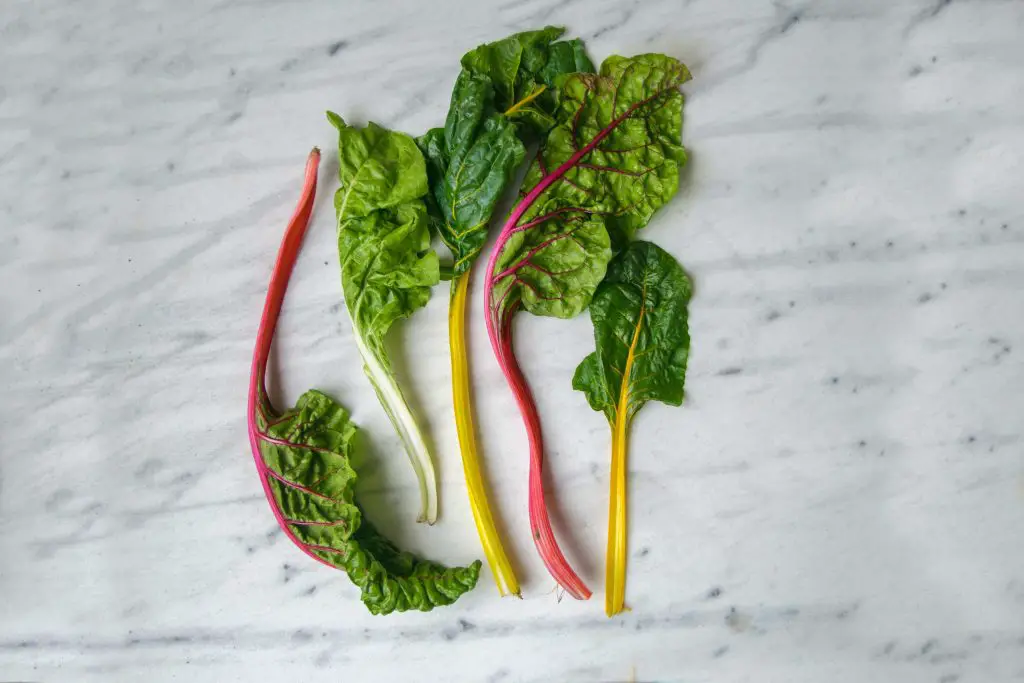
Storing Tips For Swiss Chard
Swiss chard is best consumed while it is fresh and crisp. You can choose to either eat it raw or cook it. However, if you wish to store your swiss chard to be consumed later on, it is important to know how to store swiss chard the correct way.
Here are some of the best ways to store them while extending their freshness:
1. Refrigerate
You can refrigerate your swiss chard and keep them in a vegetable container. I find that doing this will help keep the chard fresh for up to a week.
Another similar way is to store swiss chard in water with the stalks submerge in water like a bouquet. This can then be placed in the refrigerator.
2. Freezing
You can opt to freeze your swiss chard. It is quite simple to get a hang of how to freeze swiss chard from the garden.
To prevent the chard from turning bitter, you can first blanch the chard and then proceed to store them in a container or a ziplock bag and freeze it.
Typically, raw swiss chard has a shelf life of up to four weeks when it is frozen. However, it can last up to 10 -12 months if it is blanched first before freezing.
Tips For A Better Yield
Swiss chard is one of the easier crops to grow. Now that you know how to harvest swiss chard plants, it is important to create the best condition for your plant to thrive and to prevent swiss chard growing problems.
Swiss chard can grow in varying conditions, be it in a sunny location which is the most ideal, or in a shaded location. It may even grow in poorer soil.
Here are the best conditions to keep your swiss chard happy:
1. Light Requirements
Swiss chard requires a full day of sun exposure to help them grow the biggest and best harvest. However, swiss chard can even tolerate shade and still be able to grow.
The size of the leaves may be limited to a smaller size compared to if they received adequate sunlight.
2. Soil Condition
The best soil condition for swiss chard is well-drained and fertilized. Swiss chard may still grow in heavy clay and soggy soil. However, the plant will struggle to grow to its best and biggest potential.
3. Crop Spacing
It is best to space out your swiss chard when planting for about 6-12 inches apart. This is to avoid crowding which will eventually affect the swiss chard leaf sizes.
4. Planting In Individual Pots
Living up to its versatile reputation, it can be grown in rows in your vegetable garden, or in individual pots.
Planting in container or pots are great when you are limited on space and can even make harvesting easier. The container only needs to be 8-12 inches deep and wide. This way you can easily control the quality and drainage of the soil.
5. Watering Your Swiss Chard
Swiss chard needs consistent water, especially when they are smaller and younger. You should also water your crops more if the weather gets hotter than usual or in the summer months.
This will help your chard growth even in the summer months when it would typically slow down.
6. Weeding
Regular weeding will help prevent other plants from stealing the water and nutrients intended for the chard.
You should also look out for the weeds that would typically attract pests and diseases and make sure to cut them out before it spreads to your chard.
Common Pest and Diseases For Swiss Chard
The swiss chard is not typically a target for pests and diseases. However, if you find aphids infesting the older leaves, you may cut off its stem and discard the whole leaf to avoid the diseases to spread to younger leaves.
You may find holes in the leaves of your swiss chard, these are common. Slugs may chew holes in chard leaves.
This can be kept at bay by using shallow pans of beer sunk to ground level or using non-toxic iron phosphate slug bait. If your vegetable garden is not in your bank yard, a fence is the best method to keep deer or other herbivores from consuming your crop.
Easy Ways To Repel Common Pest
Neem oil is a natural and great fungicide.
You can mix your own neem oil spray from pure neem oil or buy it pre-mixed. If you purchase a pre-mixed neem oil solution, double-check to make sure it’s only neem oil and does not contain an additional pesticide.
You can apply neem oil using a pressure sprayer. You can buy ready-to-use hand sprayer bottles, but the quality is not very helpful and you will wear your hand out quickly. This is the sprayer I personally would recommend:
VIVOSUN Handheld Garden Pump Sprayer
Ortho Dial N Spray Hose-End Sprayer
You can spray the oil solution thoroughly, targeting the underside of the leaves and stems where aphids often congregate. This should be done weekly until there is absolutely no trace of aphids.
This neem oil solution can also be used if your swiss chard develops mildew. However, if after a few weeks the problem persists, you should cut off the infected leaves or stems and discard them. This is done so that the disease does not spread and form spores.
These are the natural fungicide I use. however, you may also opt for a more conventional fungicide spray and solutions. My favorites are:
Plantonix Pure Cold Pressed Neem Seed Oil
FAQs On How To Harvest Swiss Chard Without Killing The Plant
How Do You Pick Chard So It Keeps Growing?
To pick chard so it keeps growing, cut off the outer leaves 1 ½ to 2 inches above the ground while they are young and tender. You need to leave the terminal bud intact so that more leaves will continue to grow for future harvest. Harvesting your swiss chard this way will promote its growth.
Will Swiss Chard Regrow After Cutting?
Yes, swiss chard will regrow after cutting. The plant will regrow before you know it and you’ll have another crop in about 7-10 days. If it is cut or harvested correctly, targeting the outer leaves and avoiding the buds at the center of the plant, your plant will continue to grow again and again.
How Often Can You Harvest Swiss Chard?
Wondering how often can you harvest swiss chard? Matured swiss chard can be harvested a few at a time or all at once. This is when it reaches the minimum height of 9 inches. If the harvesting is done with the correct technique, the chard can be harvested over and over during that two-year duration, increasing the yield every time.
Can You Keep Harvesting Swiss Chard?
Yes, you can keep harvesting swiss chard. Seasonally, the plants can be continually harvested up until it frosts. Swiss chard can be harvested for approximately two years because it is a biennial plant. It can be harvested as early as 4-6 weeks after the initial sow or when it reaches the minimum height of 9 inches.
The Swiss chard is one of the best leafy greens out there, and now that you know how to harvest a Swiss Chard without killing the plant, you can harvest it as much as you can!
These plants are perfect for your garden because you can harvest them throughout the entire season.
Please leave a comment below and let me know what your favorite plants are to grow and harvest! Also, if you have any helpful tips, I would love for you to share them with our lovely little garden community here.
Related Posts
- How To Harvest Parsley Without Killing The Plant -Exact Steps! [2023]
- How To Harvest Sage Without Killing The Plant & What To Avoid! [2023]
- How To Harvest Kale Without Killing The Plant [What to Avoid!] 2023
- How To Harvest Chives Without Killing The Plant [Exact Steps]
- How To Harvest Spinach Without Killing The Plant: Exact Steps!
- How To Harvest Dill Without Killing The Plant [Exact Steps]














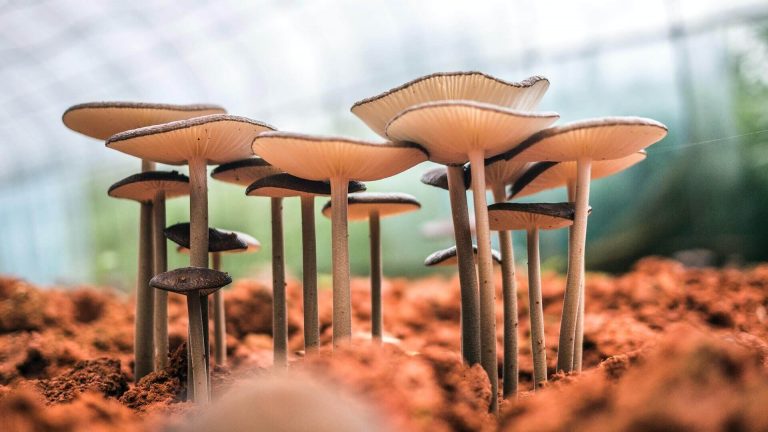
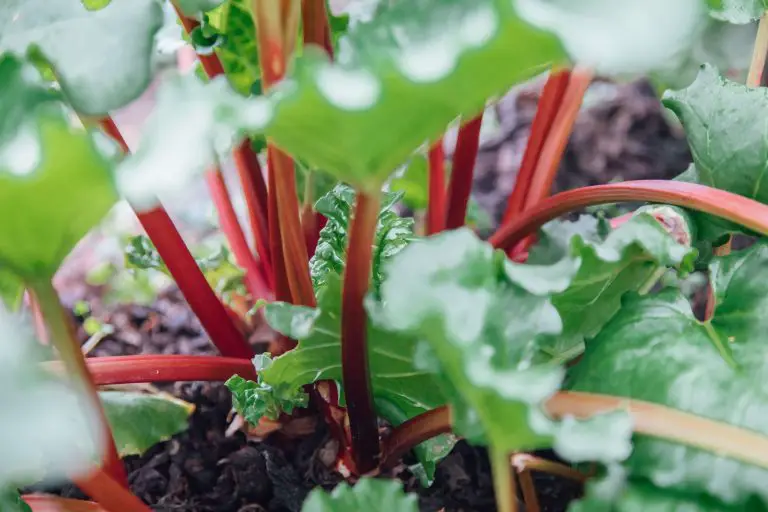
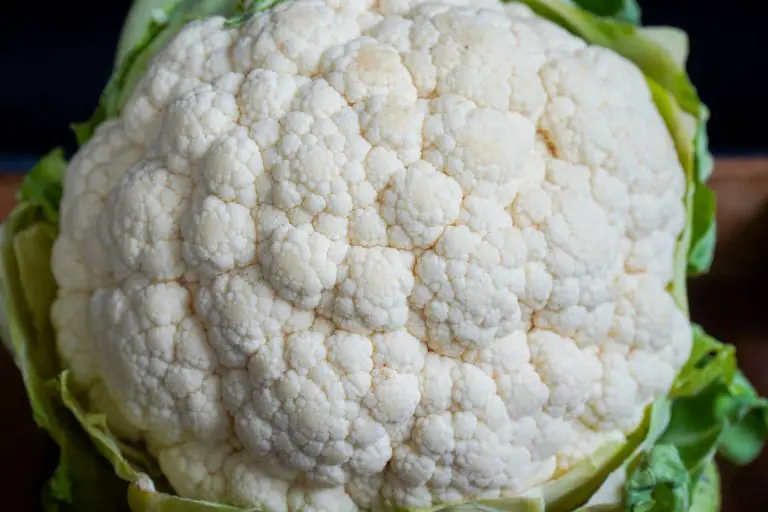
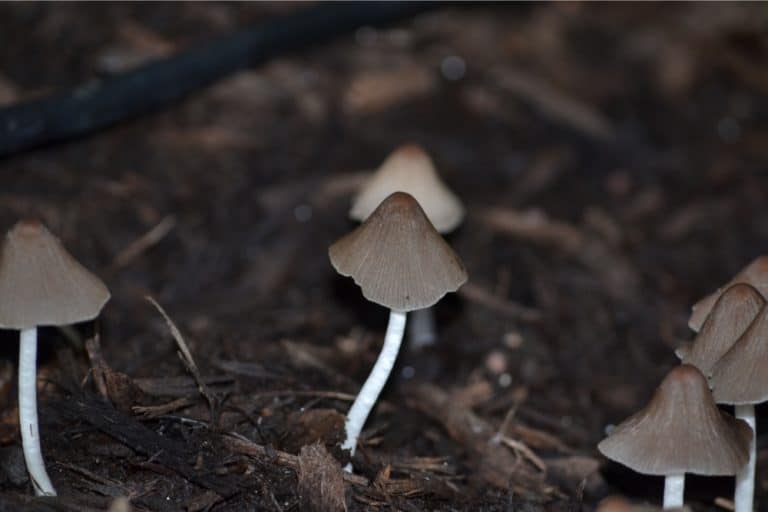
![How To Harvest Cilantro Without Killing The Plant?[The Best Way!]](https://aboveandbeyondgardening.com/wp-content/uploads/2022/10/how-to-harvest-cilantro-without-killing-the-plant-6-768x512.jpg)
